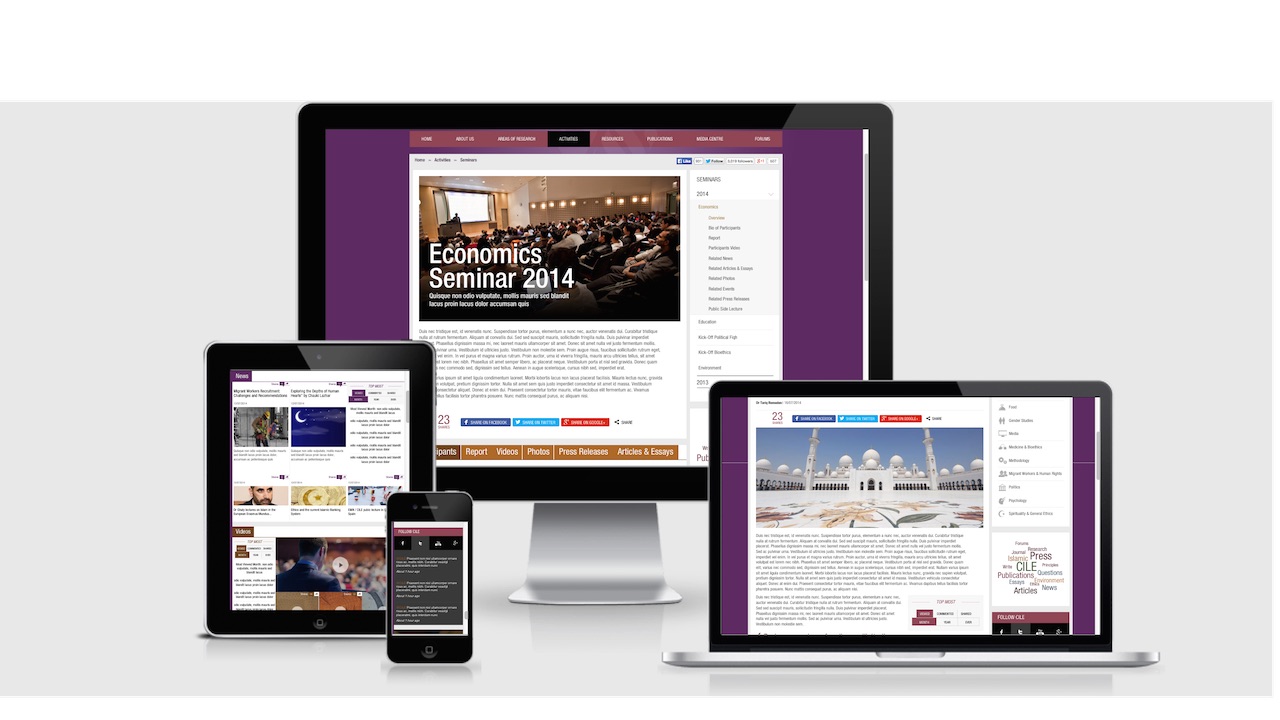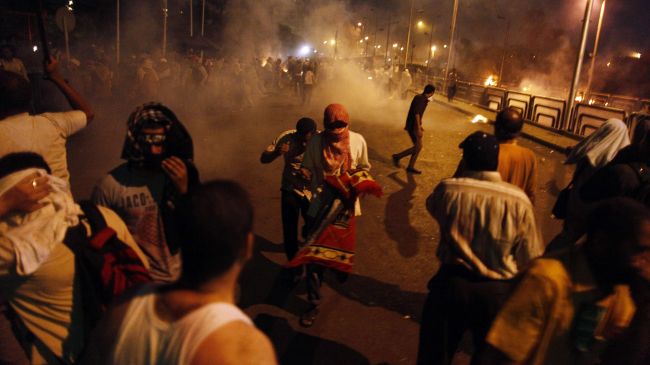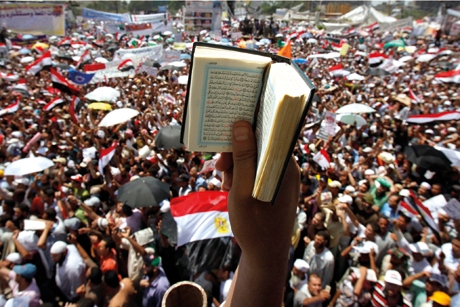There is nothing unique about the controversy over religious symbols currently raging in Canada. In the wake of heated debate over the issue of the “islamic headscarf” in France, many Western countries have been the scene of similar protests. These have targeted excessively visible crucifixes, then overly prominent minarets in Switzerland; there have been complaints against ‘offensive’ religious garb in Holland and England, and now, a series of curious decisions involving the removal of Christmas trees in the United States and Canada. Is something catching? At every turn, we are confronted with impassioned and irrational reactions that either feed into a sense of victimhood among those who see islamophobia wherever they turn, or that magnify the feeling that a country’s cultural homogeneity is at risk, that is being colonized by a foreign religion.
So acute has this sensitivity become that legal or artistic authorities anticipate negative reactions, and take preventive measures. One has only to look at Germany, where an opera by Mozart was recently postponed because a single telephone caller suggested it would be unacceptable to Muslims. In Canada, Christmas trees are dismantled because they might offend non-Christians.
Discomfort levels in our societies are rising, or so it would seem. In theory, we invoke diversity and tolerance. But in real life, we raise our hackles and withdraw into ourselves. Today, who can confirm with any certainty what he or she has the right to say, to show? Is the expression of difference commensurate with the rights of citizenship? The situation is serious; the dangers we face should not be minimized.
It is urgent for us to remind ourselves that what allows us to live together in mutual respect is the legal framework – the common legislation – that makes all citizens equal before the law. Within this framework, which forms the basis for the rule of law, and which all citizens and permanent residents must recognize, fundamental freedoms must be respected. These include the freedom of conscience, of religion, of expression, of movement, and more. In recent years we have witnesses a slow, steady erosion of these basic rights, which are being called into question in a particularly insidious manner.
Over the last five years the overarching context of political debate has been that of terrorist threat, which implicitly raises the issue of security. In the name of security, and in a climate of fear, a majority of citizens has accepted that their civil rights be reconsidered, if not overtly challenged. It is in this oppressive atmosphere that the issue of Islam has arisen: from fear of terrorism it has been but a short step to fear of Muslims, of their visibility, of their differences, and of the threat to national identity they are thought to represent. To terrorism, and to this heightened visibility, should also be added the reality of immigration which is not about to decrease, either in Canada or in Europe. The number of Muslim men and women living among us will continue to grow.
The debate over multiculturalism and identity has become saturated with these questions, these fears, these raised hackles. The problem is not one of legislation-few would disagree with its stated aims and principles-but our own fears and perceptions, which divide us, set us against one another, and incite some even to attempt to change the law. What is unfolding before our very eyes is a sharp “clash of perceptions.” If we do not exercise due caution we stand to forfeit not only our confidence (in ourselves and in our fellow citizens) but also our freedoms (which would first affect Muslims, then impact later upon all citizens).
We have so far demonstrated no capacity for managing these fears, these doubts and these negative perceptions. Some believe that the only solution is to obliterate all religious-or cultural-symbols that indicate difference. The neutrality of public space would be equivalent to the disappearance of all distinctive signs. This would, its advocates argue, ensure equality and avoid giving offense. The display of diversity, others contend, can only minimize possible fears. The proposition is a seductive one. But the process of globalization reminds us every day that it is not enough to observe differences for us to be able to understand them in a positive way.
Both positions are as extreme as they are unrealistic. We are unlikely to overcome the fear of diversity and of difference by hiding them or over-exposing them. In our view, the debate can take place in a climate of serenity on three conditions. First, we must respect the law of the land and apply it in equitable fashion for all citizens, and with respect to every religious and cultural community.
Second, rather than calling for the removal of all distinctive signs from public space, these signs should be, as a matter of urgency, made an integral part of the educational curriculum. Our pluralist society must provide its citizens with the tools to understand religions, their symbols and their practices. To overcome fears, we must offer proper instruction to our young people; we must cultivate their understanding and their critical spirit. The same prescription should apply equally to all. This means acquiring a better understanding of the other’s philosophical and cultural orientations; seeing the other’s world as a source of richness, and not as a threat.
The third condition concerns both common sense and civility. We must become accustomed to debating social issues in a thoroughgoing and critical way, without trading on our principles, but not confusing criticism with mindless, hurtful and sometimes ill-intended and cowardly provocation. In the guise of defending freedom of thought, some intellectuals, journalists and politicians are actually legitimizing the racialist hate-speech that is undermining our democracies, thus generating exactly the opposite of what they claim to defend.
Religious symbols should be visible in public space, in a dignified and non-provocative manner. Christmas trees here, Jewish menorahs there, and further along, a minaret… These symbols represent human life in all its diversity. It is essential to learn to respect the sensitivities of others, all the while encouraging both discretion and good taste. To aspire to such a responsible, reasonable expression of diversity in our societies, we must explain, educate, learn to know one another and to know and respect our neighbors.
If we do not make these efforts, we shall fall together. To fear a Christmas tree and to fear that it could frighten somebody boils down to the same thing. In both cases, it reveals a lack of confidence in ourselves, and in others. Our democratic societies are in danger. In allowing ourselves to be infiltrated by fear, to be blinded by the passion of identity, we are entertaining the most serious illusions about our freedom.
But in the final analysis, it is up to us to decide how we will exercise our freedom.










Respect ,
That’s something we should ALL know and have forgotten
Not only in matters of religion , but in EVERYTHING.
Respect of tastes in clothing , eating..the lists is too long.
God Bless
NT
Unfortunately these days « respect » is considered an old fashioned word….
Thank you for an informed and articulate piece.
SA